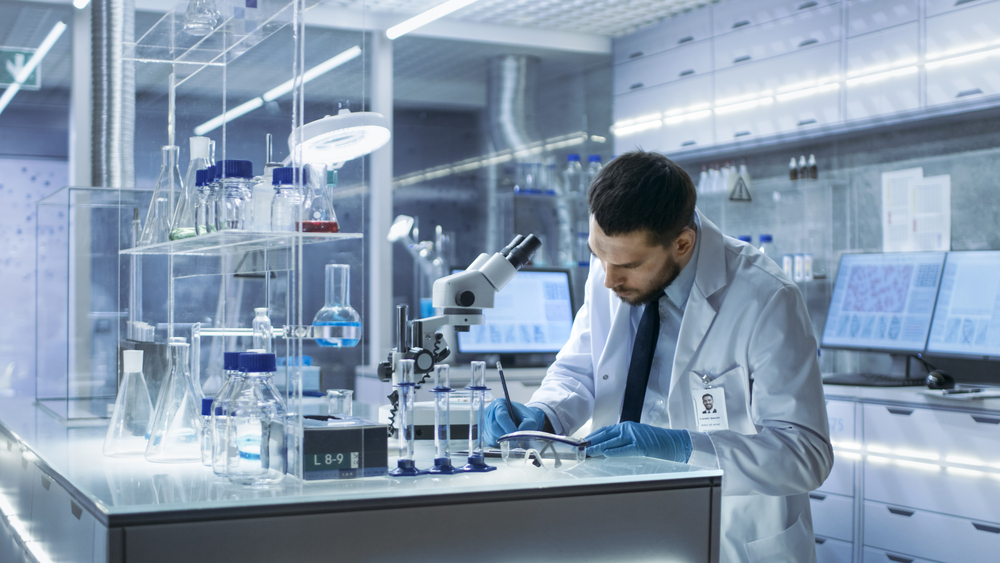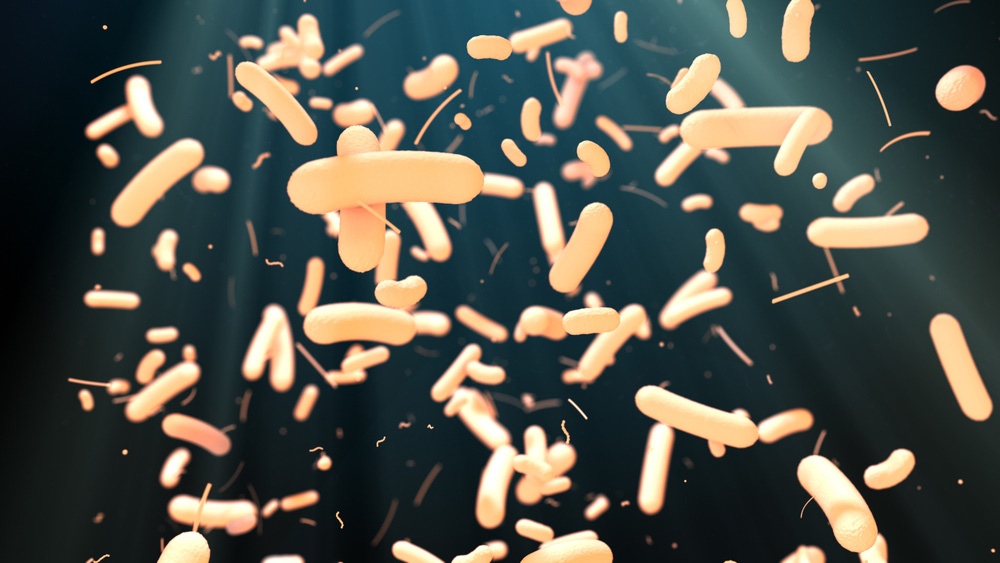Strength training is not just about lifting weights or carrying heavy loads to bulk up muscles. It's an art form, and you need to understand the mechanism to get the best results. Not only do you need to learn the mechanics of the discipline, but you also need to know your own physiology, so that you can determine realistic goals and the ideal exercises to achieve them.
Are we meant to build muscle?
By definition,muscular gain is about working the muscles in a very intense way, and doing so in order to build muscle mass. But it's not just about building muscle, it's also about the mind. Gaining weight requires determination, a lot of determination. Muscles are not going to swell in one session.
In fact, all the great bodybuilders have had to work hard to get consistent results, session after session, month after month and year after year. What differentiates a beginner from the regular or professional bodybuilders is their determination to achieve the goals they have set.
Effort after effort, pain after pain, deprivation after deprivation, these professionals have managed to achieve their goal despite the obstacles they have faced. For a beginner, this mentality still needs to be worked on, even more than the muscles. Many sportsmen and women give up halfway through the exercise because of a lack of motivation and determination.
A group of muscles that take a long time to develop, drastic diets, fatigue and exhaustion. . . these are the trials and tribulations that have to be fought in this discipline.
By definition, muscle building is about working the muscles in a very intense way, in order to build up muscle mass. But it's not just about building muscle, it's also about the mind.
Gaining weight requires determination, a lot of determination. Muscles are not going to swell in one session. In fact, all the great bodybuilders have had to work hard to get consistent results, session after session, month after month and year after year. What differentiates a beginner from the regular or professional bodybuilders is their determination to achieve the goals they have set.
Effort after effort, pain after pain, deprivation after deprivation, these professionals have managed to achieve their goal despite the obstacles they have faced. For a beginner, this mentality still needs to be worked on, even more than the muscles. Many sportsmen and women give up halfway through the exercise because of a lack of motivation and determination.
A group of muscles that take a long time to develop, drastic diets, fatigue and exhaustion. . . these are the trials and tribulations that have to be fought in this discipline.
Setting a rule of life for yourself
The morphotype and physical conditions of each practitioner are not identical to those of others. If endomorphs exist, there are also many ectomorphs and mesomorphs. Each practitioner also has his or her own strength, endurance and physical condition.
The exercises that allow them to develop their muscle mass may be different from those of another practitioner. Thus, to best practice bodybuilding, one must set not only a goal, but also a lifestyle and type of muscle program specific to oneself and one'smorphology.
Little by little, the bird makes its nest
In bodybuilding, one should not rush at the risk of burning out the stages. No sportsman has been able to reach his objective in such a short time, otherwise the victory will not be as tasty. One must give oneself time to assimilate the discipline well, and give the body time to get used to the workouts (improved performance,vO2 etc) and to transform the flesh into muscle mass.
The thermoregulatory system
Thermo regulation is the balance between the creation of heat and its removal in the human body. If this balance is not respected, a disfunction of the body and organs is caused. Several factors, both internal and external, are involved in the proper functioning of thermoregulation.
What does thermoregulation consist of?
Thermoregulation is the result of the balance between heat supply and heat loss in the body. All mammals are affected by this phenomenon, as are humans. They are therefore said to be homeothermic beings. In humans, the normal temperature is around 36° or 37° C.
Internal factors that affect temperature regulation
Progesterone is one of the internal factors that act on thermoregulation. This hormone acts on the hypothalamic thermoregulatory centres by automatically increasing body heat. For example, during the ovulation period, the woman's temperature increases by 0. 5°C. Also, during physical activity, progesterone increases the temperature of an individual. This rise in temperature is reflected in sweating.
In infants and the elderly, the body temperature is constantly changing. Their central nervous system is immature, so the thermoregulatory system lacks efficiency.
How does heat exchange take place?
During the cold seasons, when the temperature drops, the body must find a heat supply to ensure the proper functioning of the organs, by producing heat itself. To this end, it produces heat by contracting its muscles, which is the principle of thermogenesis. Muscle contractions result in the shivering phenomenon that we feel when we are cold.
When the body feels its temperature is too high, it finds a way to evacuate it so that the organs are not damaged. It evacuates the excess heat either by radiation, conduction, evaporation or sweating. This is the phenomenon of thermolysis.
The intestinal microbiota
The intestinal microbiota is also called intestinal flora. It is the set of micro-organisms that populate the intestine. Their presence is essential to ensure the proper functioning of the organs in general, and the intestines in particular. It is therefore important to ensure their good health. The intestinal, epidermal, oral and vaginal types can be distinguished.
Why and how to maintain the state of the microbiota?
The microbiota plays a direct role on the physiology and metabolism of the body. It regulates intestinal transit by sorting food and ensuring its assimilation. It therefore plays a role in facilitating digestion.
The microbiota is transmitted from mother to child from birth. Depending on a person's lifestyle, it can improve or deteriorate over time. Its instability can lead to viral infections. This is why it is important to keep an eye on its health at all times, so as not to infect the whole body mechanism.
To maintain the state of the microbiota, one should avoid eating foods that are too sweet, too salty or too fatty. Junk food is not a food that should be eaten regularly to keep the microbiota in good condition. Pizza, chips, hamburgers, Chips, ready meals, white bread, pastries. . . should be eaten in moderation.
Instead, natural foods such as fruit and vegetables, oilseeds, freshly sprouted seeds should be preferred. Stress and fatigue also destabilise the intestinal flora. It is important to take time out on a regular basis to rest in a quiet and peaceful place. Physical exercise improves the health of the body in general, and the intestinal microbiota in particular.
The neuromuscular connection
In general, it is the nervous system that dictates the movements and gestures that the organs and limbs must perform. It does this by controlling the nerves by sending a precise message.
The more the person concerned concentrates on the message sent by his or her brain, the better he or she will be able to perform the related movements and gestures. This theory is currently used in the field of sport in general, and bodybuilding in particular. A good connection between the brain and the muscles allows the muscles to develop correctly and intelligently. This is called neuromuscular connection.
What is a neuromuscular connection?
The neuromuscular connection is an internal attention, the purpose of which is to direct the athlete's concentration to a specific muscle group. During a training session, he focuses on what is happening inside his body (contraction of a muscle, breathing, sweating. . . ). Also, he must be aware of his external environment, by visualising for example the weights he has to lift, the barbell or dumbbell, the treadmills. This is to improve his concentration to better execute the movements related to the training.
What are the benefits of the neuromuscular connection?
The neuromuscular connection has benefits for muscle development. It is the source of greater mass gain. It also improves the performance and concentration of the athlete.
When the brain and muscles are well connected, movements and gestures are better executed. It is therefore easier to avoid muscular and articular accidents.
How does the brain become more muscular?
Intense physical activities, such as weight training, require the brain to adapt in order for the athlete to succeed. Muscle building involves working the brain to adapt to weight training. To do this, the athlete must repeat the movements several times. This is what differentiates professionals from beginners.









